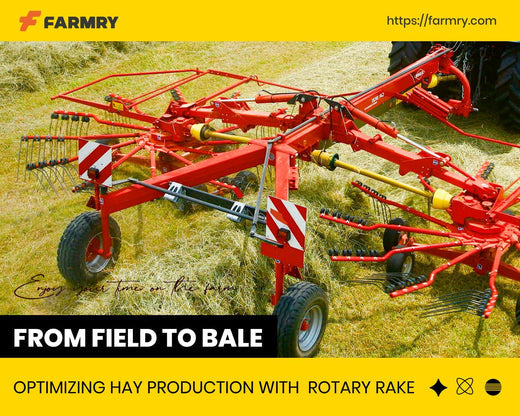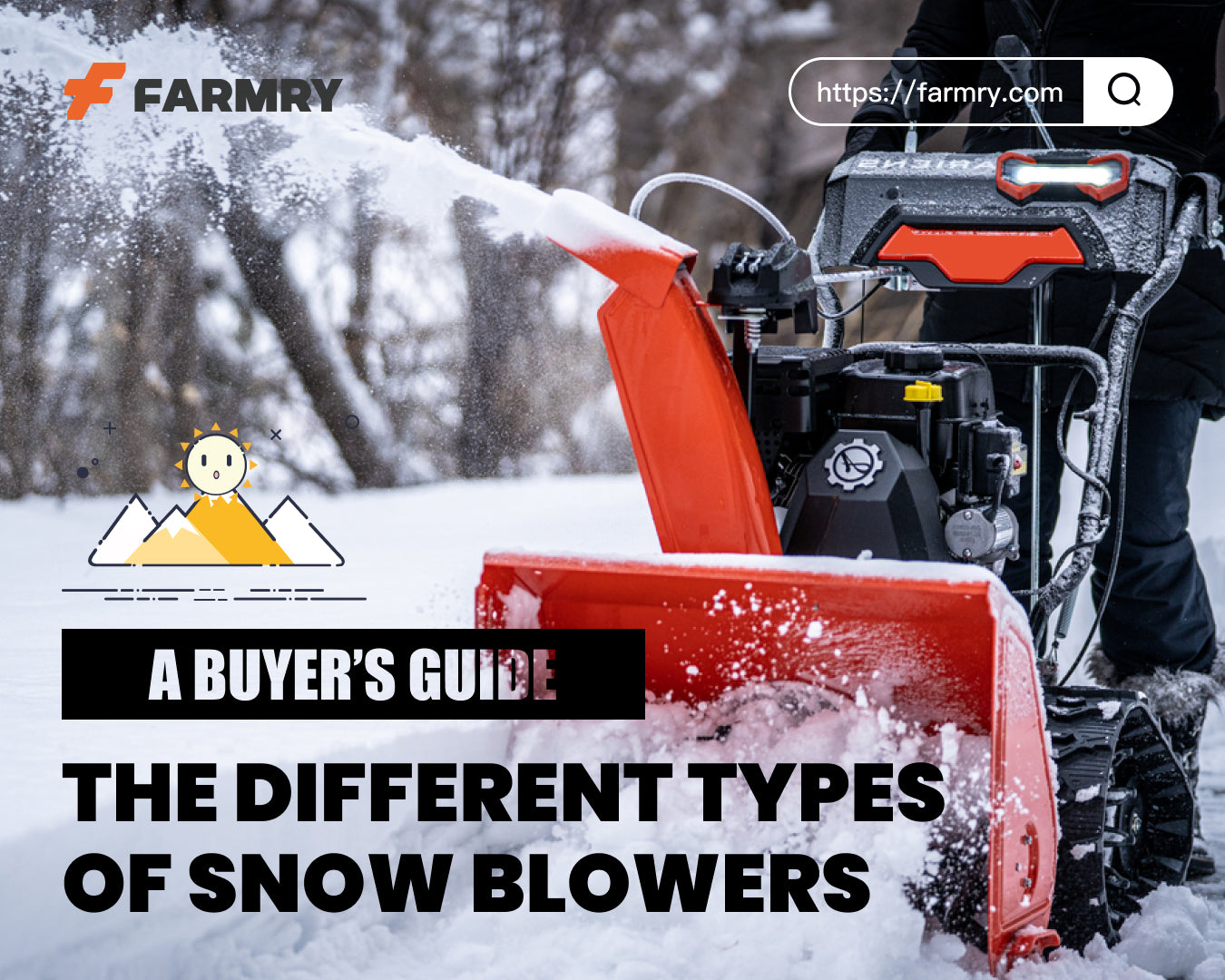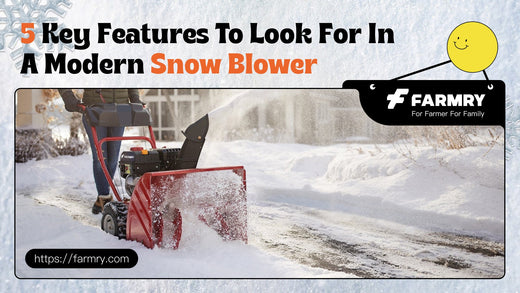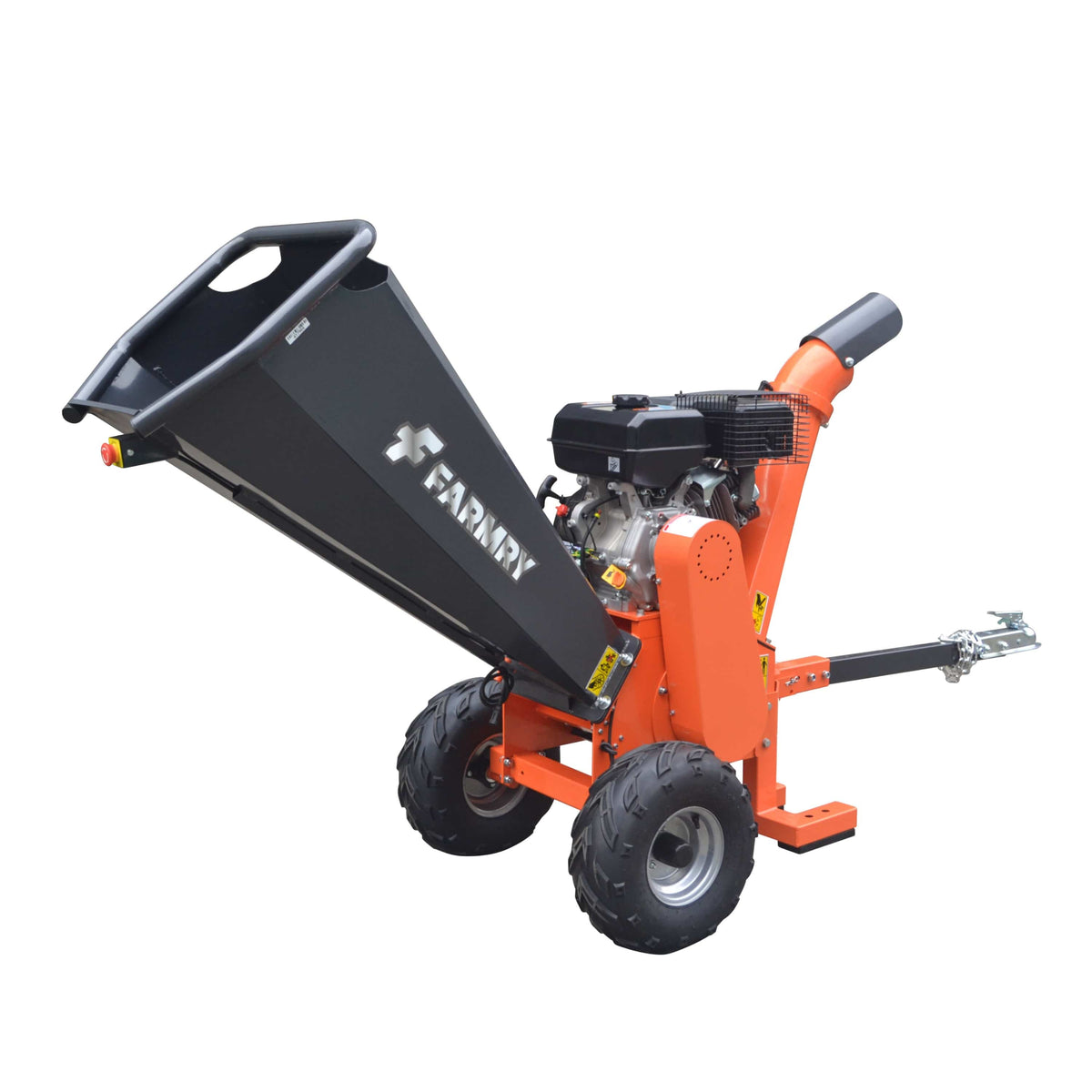Flail Mower Safety Guidelines
 Flail Mower for Skid Steer: Safety Guidelines
Flail Mower for Skid Steer: Safety Guidelines
A flail mower for skid steer is one of the most effective attachments for clearing heavy grass, weeds, brush, and even small trees. Whether you're working on road shoulders, construction sites, or large-acreage fields, flail mowers are powerful—but like any high-speed cutting machine, they require safe and proper operation.
In this guide, we'll walk you through essential safety practices, what to check before and after use, and tips specifically for Farmry's line of skid steer flail mowers.
Skid Steer Flail Mower Basics
A skid steer flail mower is hydraulically powered and attaches directly to your skid steer via a universal quick attach system. Instead of swinging blades like a rotary cutter, it uses internal hammers (also called flails) mounted on a spinning rotor to shred and mulch vegetation.
Because the hammers stay inside a protective housing, the mower throws less debris and is much safer when working near roads, trails, or buildings. That’s one reason flail mowers are becoming a go-to solution for operators concerned with safety and precision.
Farmry offers several models in this category, each engineered for performance, durability, and versatility.
Before You Start: Safety Checks
Before powering up your flail mower, take 5 minutes to inspect the following:
-
Flat face couplers: Ensure a clean, secure hydraulic connection to avoid leaks
-
Case drain line: Confirm it's properly connected to relieve pressure from the motor (critical for hydraulic health)
-
Blade condition: Check for cracked or damaged hammers
-
Rotor housing: Confirm there’s no lodged debris or loose bolts
-
Safety guards: Make sure all shields and rear deflectors are intact
-
Mower width: Confirm you have enough clearance to operate in your mowing zone
Only operate the machine from within the enclosed skid steer cab.
While Mowing: Stay Aware and Alert
When you’re out mowing, keep these tips in mind:
-
Always engage the mower at low RPMs and slowly increase speed
-
Mow with caution around rocks, fence posts, or other hard objects
-
Avoid excessive speed when cutting long grass—it may clump or overload the rotor
-
Use even passes and avoid turning sharply while the rotor is engaged
-
Do not mow across steep slopes—stay aligned with the terrain’s natural flow
Remember, Farmry’s flail mowers are designed to ride close to the ground and can handle uneven terrain, but caution is still required to avoid blade damage or tip-over risks.
After Use: Shut Down Safely
Post-mowing, follow these quick steps:
-
Disengage hydraulics and allow rotor to come to a full stop
-
Lower the mower completely to the ground before exiting
-
Inspect flails for wear or damage
-
Clear grass buildup near the rotor or roller
-
Check hydraulic hoses and flat face couplers for dirt or wear
-
Store on a flat, stable surface away from high traffic areas
Common Safety Mistakes to Avoid
-
Forgetting to connect the case drain line, risking seal blowout
-
Operating the mower without reading the manual
-
Cutting thick brush or trees too quickly—allow time for the rotor to process the material
-
Ignoring uneven terrain or soft ground conditions
-
Not checking the durability of the mower after hitting hidden obstacles
Recommended Farmry Flail Mower Models for Skid Steer
Farmry’s lineup of skid steer flail mower options includes compact and heavy-duty sizes suited for different operators:
|
Model |
Best For |
Key Features |
|---|---|---|
|
Roadside mowing, tight access areas |
63" cutting width, hydraulic offset, compact frame, solid performance |
|
|
General mowing & trail work |
Balanced size and power, handles varied terrain with ease |
|
|
Heavy brush & commercial jobs |
Extra-wide coverage, reinforced build, hardened hammer flails |
All models are engineered for high output and minimal downtime, helping you clear vegetation fast with cleaner results and fewer passes.
✅ FAQs: Flail Mower for Skid Steer
1. Can I use a flail mower to cut small trees?
Yes, especially with hammer or heavy-duty blades. However, we recommend slow passes and verifying your model’s cutting capacity first.
2. What is a case drain line, and why does it matter?
It’s a low-pressure return line that protects the hydraulic motor from internal pressure buildup. Skipping it can damage seals or void your warranty.
3. Is a flail mower safer than a rotary cutter?
Absolutely. Unlike rotary cutters, flail mowers keep debris inside the housing and are better for populated or high-traffic areas.
4. How wide should my mower be?
Your mower’s width should match your skid steer’s weight class and your job type. Wider mowers cover more area but need more hydraulic power.
5. What kind of maintenance does a flail mower require?
Basic tasks include checking blade wear, tightening bolts, greasing bearings, and keeping flat face couplers clean.
Final Thoughts
A flail mower for skid steer is a powerful, safe, and versatile tool for clearing overgrowth, mowing roadsides, and maintaining large properties. By following the simple safety steps outlined above—and matching the right Farmry model to your job—you’ll not only work faster but also extend the life of your equipment.
New to flail mowers? No worries. Farmry’s support team and detailed manuals will guide you through installation, operation, and blade care.
Let us know if you’d like help choosing a model based on your skid steer’s specs and your mowing environment!







